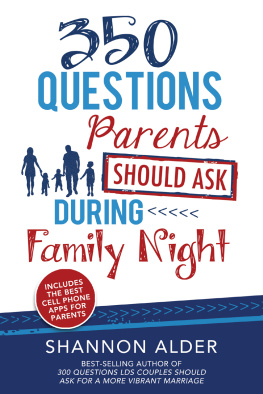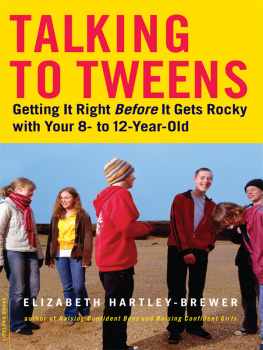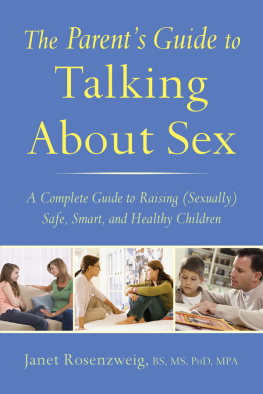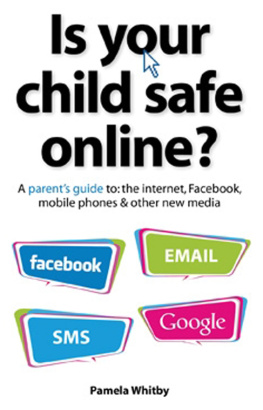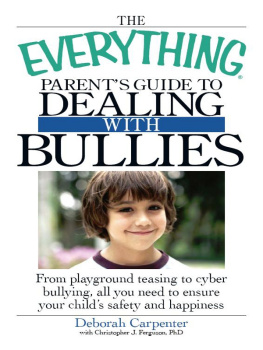Also by
Shannon Alder
350 Questions LDS Couples Should Ask before Marriage
300 Questions LDS Couples Should Ask for a More Vibrant Marriage
300 Questions to Ask Your Parents before Its Too Late
Notice: ebook piracy is both illegal and immoral. If you suspect that you received this ebook from an illegitimate distributor or retailer, please look at our list of authorized distributors. If you received this book from a retailer or promotion not on this list, then neither the author nor publisher have been paid for their work. Please support us so that we can continue to provide you with quality literature.
2018 Shannon Alder
All rights reserved.
No part of this book may be reproduced in any form whatsoever, whether by graphic, visual, electronic, film, microfilm, tape recording, or any other means, without prior written permission of the publisher, except in the case of brief passages embodied in critical reviews and articles.
This is not an official publication of The Church of Jesus Christ of Latter-day Saints. The opinions and views expressed herein belong solely to the author and do not necessarily represent the opinions or views of Cedar Fort, Inc. Permission for the use of sources, graphics, and photos is also solely the responsibility of the author.
ISBN 13: 978-1-4621-2893-8
Published by CFI, an imprint of Cedar Fort, Inc.
2373 W. 700 S., Springville, UT 84663
Distributed by Cedar Fort, Inc., www.cedarfort.com
LIBRARY OF CONGRESS CATALOGING-IN-PUBLICATION DATA
Names: Alder, Shannon L., author.
Title: 350 questions parents should ask during family night / Shannon L. Alder.
Description: Springville, Utah : CFI, an imprint of Cedar Fort, Inc., [2018] | Includes bibliographical references and index.
Identifiers: LCCN 2017057912 (print) | LCCN 2017061122 (ebook) | ISBN 9781462128938 (epub, pdf, mobi) | ISBN 9781462121984 (perfect bound : alk. paper)
Subjects: LCSH: Family home evenings (Mormon Church) | Parenting--Religious aspects--Church of Jesus Christ of Latter-day Saints.
Classification: LCC BX8643.F3 (ebook) | LCC BX8643.F3 A45 2018 (print) | DDC 248.8/45088289332--dc23
LC record available at https://lccn.loc.gov/2017057912
Cover design by Shawnda T. Craig
Cover design 2018 Cedar Fort, Inc.
Edited and typeset by Nicole Terry and Kaitlin Barwick
Contents
Chapter 1:
How to Help Your Kids Handle Peer Pressure & Safety Preparedness
Chapter 2:
How To Safeguard Your Child's Personal Boundaries
Chapter 3:
How to Keep Your Child Emotionally Healthy
Chapter 4:
How To Keep Your Child Socially Healthy
Chapter 5:
Annual Happy, Healthy & Safety Checklists
Appendix:
Where Can I Find More Help?
Introduction
It seems that no sooner do our kids graduate from Pull-Ups than life hands them a flood of situations that demand decisions: cliques, R-rated movies, cheating on tests, stealing, bulliesyou name it!all of which need a parents guidance to help a child decide the best solution.
But isnt it interesting how parents tend to give guidance late in the game? Instead of consistently teaching kids how to be happy, healthy, and safe, many parents wait until their kids do something wrong, and then they correct them.
Imagine using this approach when teaching a teenager how to drive. Put your teen in a manual transmission car with no training. Turn on the engine and shove the car into the street. Then sit back and expect your child to learn to drive from the helpful suggestions yelled at him by other drivers. Does anybody think thats an optimal learning situation?
But I was one of those parents. For the first few years, I tried to teach my sons by correcting them after the factand got exasperated when they made the same mistakes over and over again. Sigh. But I finally wised up about my teaching approach. No, I didnt become one of those controlling parents who hover over their children, superman capes in hand, ready to fly in and rescue them from any unpleasantness. Nor did I start broadcasting public service announcements across my cul-de-sac. (Stay away from strangers! Fighting solves nothing! Dont do drugs!) I simply decided that discussing solutions to problems beforehand and going beyond talking in generalities was the best way to keep my kids happy, healthy, and safe.
In this book, you will find a multitude of lifes little sticky situations to discuss and explore with your child. This book is not intended to give children answers to remember, but rather problems to solve. You may decide to read one question a day or select situations that are relevant to what your child might be experiencing, then discuss them as a family during family night. The choice is yours.
But wait! Stomping into the living room with this book in one hand and your child in the other, ready for a long lecture, is bound to be a disaster. Rest assured their fingers will quickly leave their nose and go straight into their ears. Remember, a child is more receptive to participating if there is some element of fun involved. You might consider turning these questions into a game if you have small children. Ask them a question and see who can give the right answer. With a little creativity and effort, no nagging will be required.
Finally, take the time to look over the questions before asking them. Remember, a three-year-old understands things differently than a ten-year-old does. Therefore, it is best if you consider how to customize the questions to fit the specific needs and level of understanding of your child.
Below is a list of tips per age group that you might want to keep in mind when using the questions in this book. You might not have all the answers for each scenario. However, there are many resources I have listed in the back of this book that can help you guide your child.
Young Children (preschool to elementary school)
They are just learning about their environment, so safety is a big issue at this age. Teaching them to be aware of their surroundings and how to handle potentially dangerous situations (e.g., strangers) is at the top of the vigilant parent to-do list.
In general, information should be presented in a matter-of-fact voice and should be devoid of vivid, real-life examples of actual tragedies (no scary, campfire-story voices, please). Just remember not to overexplain or talk too much. Child psychologists tell us that simple explanations for young children may be more effective than long discussions.
Preteens (middle school)
In the preteen years, children begin to value their friends opinions more (and yours less) and use complex problem-solving skills, such as digging through your couch for loose change. This is also when hormones start to kick in and parents upgrade from regular aspirin to extra-strength.
Because of the peer pressure that escalates at this age, it is important that you talk about HIV/AIDS, pregnancy, sex, drugs, and alcohol. Psychologist Lawrence Kutner states, Kids this age are socially very sensitivetheyre much more aware of losing face than a younger child. Some of the best communication you can have is when youre not squared off at a table looking at your child, but when youre peeling carrots or driving. Your child doesnt have to face you, and you both can be doing something else.
Usually kids this age dont use many words. Acknowledge emotionyou want to ask for their opinion and listen to what they have to say. When you do, youll find they are more likely to extend you the same courtesy.

